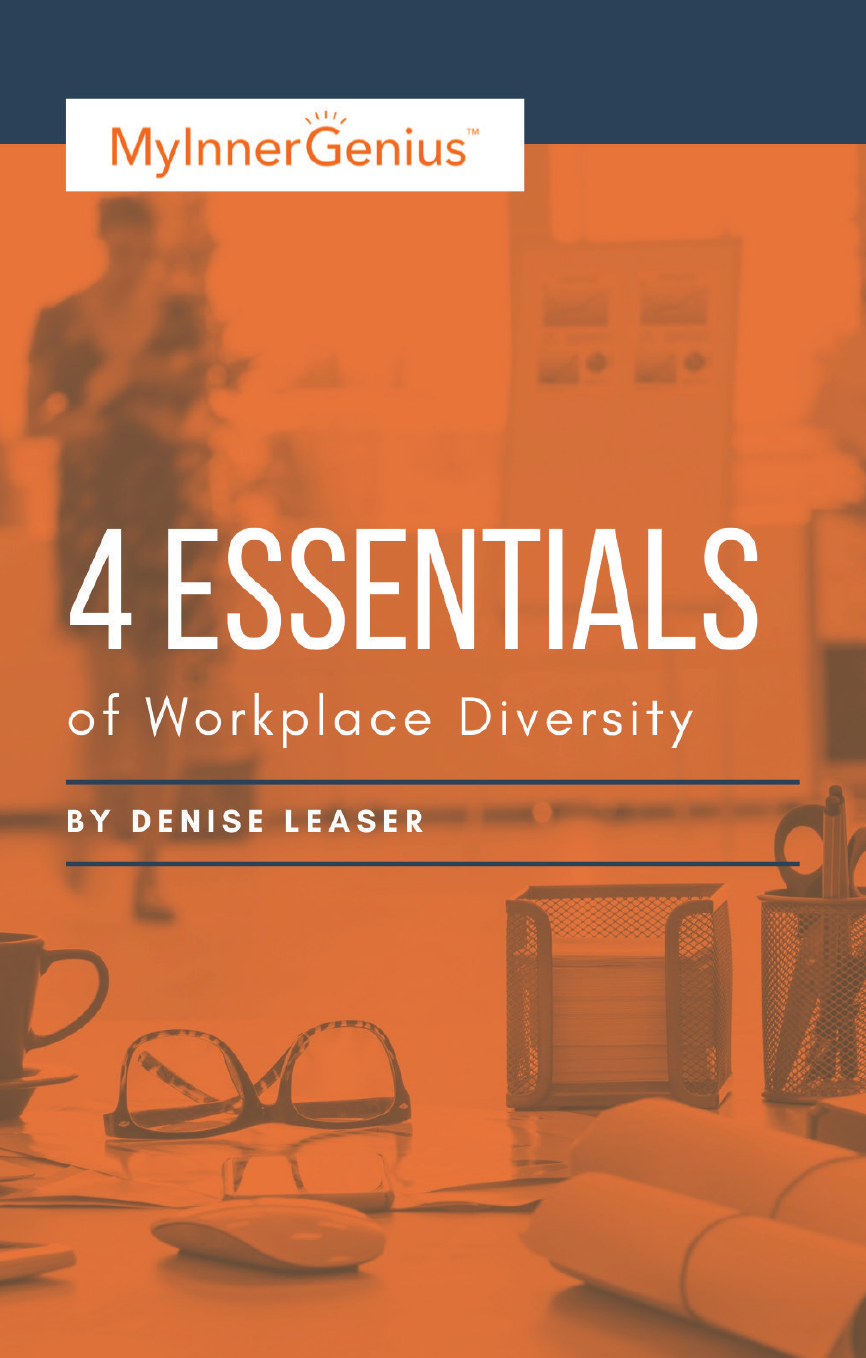When you think of somebody who is diverse, what do you think of? Chances are you pictured somebody of a different race, right? This isn’t a coincidence—we’re shaped by the media that we consume, and the media typically, and unfortunately, uses “diverse” and “person of color” interchangeably.
But does being Black or Asian automatically make you “diverse”? People may share the same viewpoints or have different viewpoints on topics regardless of whether or not they belong to any particular group.
Here’s the thing, there are a lot of different types of diversity and not all of them have to do with race or gender. There is diversity of ideas, sexual orientation, gender identity, income level, age group, geographic location, physical ability and neuro ability, and these are just a few ways to be diverse:
- Straight and cisgender
- Of the same income level
- From the same area
- Neurotypical
To really reap the benefit of having a diverse workforce, you need to hire from the areas that a lot of people forget, because they aren’t visible at first glance of your candidate.
Background and Location
With the increasing popularity of working from home, setting applicants aside who aren’t within a commutable distance from the office is becoming less and less of a problem. But, apart from finding the right candidate who just happens to be remote, there are advantages to specifically hiring remote workers.
We’ve talked before about the many benefits of remote work for both employees and employers—the freedom given to the employee, the lessened cost for the employer—but having staff members outside of your location could serve you in even more ways than you may initially realize.
Think about your demographics and then consider this hypothetical. If 45% of your customers are Black but you live in a heavily white part of the country, eventually your messaging may come across as disconnected from that crucial part of your audience. Having an employee who is in the location and part of the community you’re trying to sell you could alleviate this problem.
Bringing this kind of diversity to your workplace is easy and inevitable when you start to consider employees from all over the country. You’ll be providing an opportunity to a person who normally wouldn’t get it, and in return, you receive their insights and perspective. Providing a workplace that is welcoming and inclusive of diversity of all kinds will ensure a rich, robust community.
LGBT+
Candidates from the LGBT community aren’t always a visible marginalized group in the way that candidates who are female or of a different race could be. LGBT people look just like everybody else, so it can be easy to forget that they add a distinct and valuable voice to the workplace, especially if your company is a nationally recognized brand.
The American public and the media put a lot of importance on having representation and positivity towards the queer and trans communities displayed by their favorite brands. But as well-meaning as you might be, it’s hard to serve the needs of a community if nobody from that community has a seat at the table in your company.
An added wrinkle in recruiting LGBT talent to your business is that it’s always inappropriate to ask if someone is gay, lesbian, or transgender. And in a hiring setting, doing so is illegal. So how do you secure LGBT applicants? A desire to build a diverse workforce is the kind of thing you should be putting in your job postings. While you’re removing all of the unnecessary jargon and gate-keeping requirements, add a section that encourages marginalized employees to apply.
Autism
The perception that autistic or neurodivergent people aren’t fit for high-level tasks is untrue and harmful to their community. Often, being on the spectrum comes with having a very high attention to detail and excellent pattern recognition that, despite the misconception that they “aren’t fit” for certain jobs, actually makes them an ideal candidate for a lot of positions.
A study conducted of autistic people, both children and adults, concluded that they would be an enormous benefit to a lot of workplaces, especially jobs that are task-based. Their eye for detail means they make fewer mistakes and are not satisfied until a task is completed. Neurodivergent people have also been shown to display higher levels of honesty and dedication, and commitment; desirable traits from any employee.
People on the spectrum don’t think the way that neurotypical people do—and that’s a good thing. The natural ability to see problems from a different angle and think outside the box when formulating a solution is the whole purpose of cultivating a diverse workforce. Will there be a cost in terms of the time it might take to get them acclimated to your work environment? Possibly, but that is the trade off you make when you build a diverse staff. In exchange for their labor and the flow of productivity, you have to give a little in terms of altering your work environment. It’s worth the expense.
An easy way to find diverse candidates that are right for your company? MyInnerGenius offers thoughtful, productive, and employer-friendly assessments that get to the heart of the applicant and make it much easier to decide who has the right potential for your position. Our assessments yield proven positive results (just ask IBM and Starbucks). Ready to try one—for free? For more info on our career fitness assessments and to enjoy a free demo, visit us at https://trywebassess.com/request_demo/

